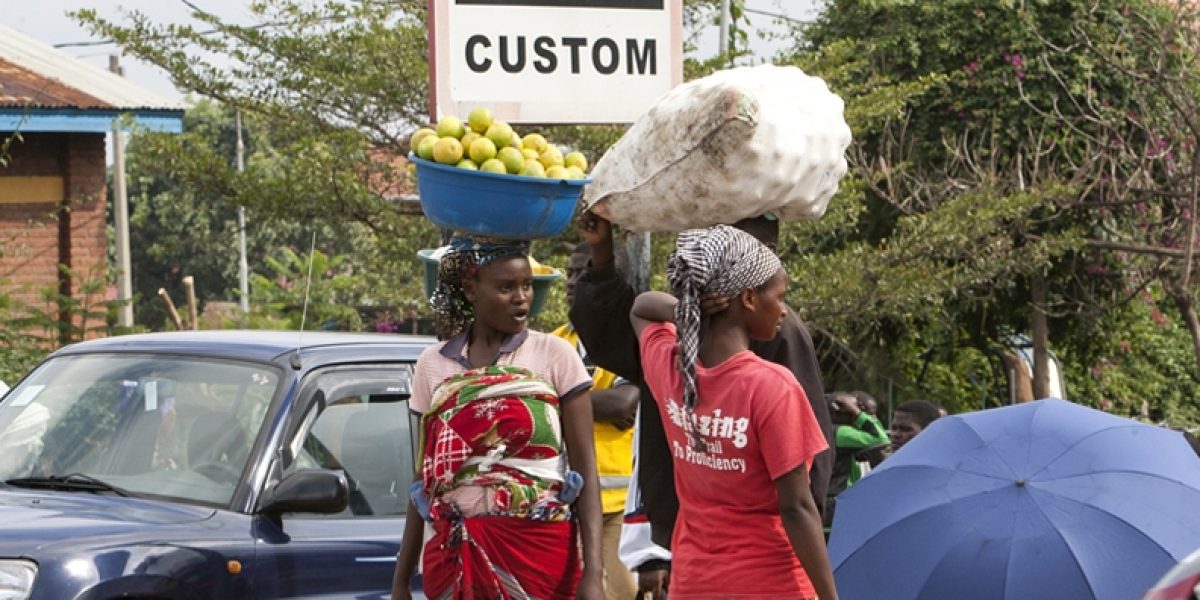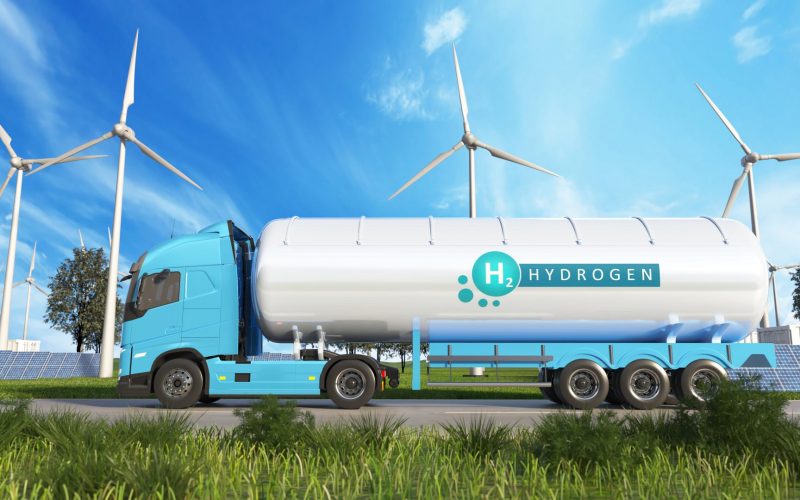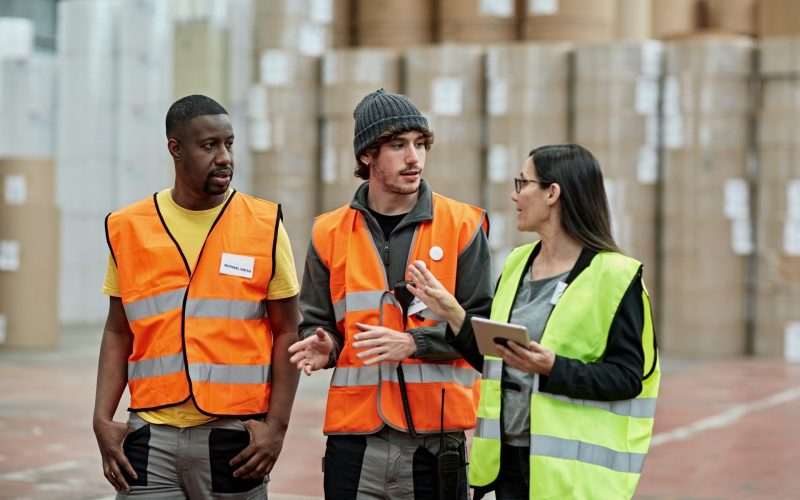Informal cross-border trade is one of the oldest forms of economic survival for women. Prevalent across Southern and Eastern Africa, the plight of women traders is well-documented, but policies still tend to overlook their specific needs. This makes it difficult for women to scale up and become formal players in the economy.
Despite this, women who trade informally across borders make significant contributions to their regional economies. Within Southern Africa alone women account for 80% of all informal cross-border traders and generate revenues ranging from an average of US$7 billion to US$17.6 billion annually.
Women at risk
High levels of gender inequality in Africa and the serious gender-specific risks associated with informal trade mean that women reap fewer benefits than men and prevent them from joining the mainstream economy.
Risks include crime and harassment by officials at border posts, which endanger the safety of women. Inadequate accommodation can leave women with little alternative other than to sleep in trucks overnight, putting them at further risk.
Long queues at the border can leave women traders with little or no access to proper sanitary facilities and poor transport options aggravate their long journeys.
Limited access to financial capital to grow their businesses and having to deal with cumbersome customs requirements and paperwork, difficult to decipher if illiterate, lead to deeper economic marginalisation and unequal power dynamics between women and male border officials.
These difficulties, compounded by the absence of gender-sensitive policies to regulate cross-border trade, mean that their trade often occurs through unofficial channels. For governments, this results in an inability to collect customs revenue from cross-border trade, but for women the lack of regulation means there are no minimum standards for how they should be treated, which reinforces their marginalised status.
Measures such as the simplified trade regimes within Southern and Eastern Africa work towards formalising trade and mitigating challenges facing women traders, but globalisation and rising levels of cross-border trade of goods and services mean the outcomes are still very different for men and women. Recent research shows that trade policies are often anything but ‘gender neutral’, prompting a need for greater understanding of how trade policies reinforce gender inequality.
Why inclusive trade matters
Inclusive trade policies can offer unique results for women, begging the question as to why such high levels of gender inequality remain unaddressed when the benefits are so well documented: McKinsey puts the figure at a US$28 trillion gain for global annual GDP by 2025 if women play an equal role in labour markets to men.
Moving the focus to trade policies in general, it is important to consider how policies impact specific segments of the population. While multilateral efforts such as the Joint Declaration on Trade and Women’s Economic Empowerment at the 2017 WTO Ministerial Conference go some way towards highlighting the issue at an international level, more implementable action is required by governments.
Policymakers overlook the gender-specific impact on women by not accounting for:
- Differential impacts when women are crowded into a particular industry because these require lower skills, like textiles and tourism. While these sectors do provide employment they offer lower wages, leading to greater inequality.
- Import competition arising from trade liberalisation that can lead to job losses or reduced income for women; and
- Knock-on effects of liberalised trade which reduce the disposable income of women-led households.
How to make trade inclusive
Firstly, trade policies as a whole need to be understood in the context of their disaggregated impact on different members of society. While market access, incorporation into global value chains and trade liberalisation can be utilised as tools for development, they require an understanding of women as consumers, producers, labourers and taxpayers.
For cross-border women traders in particular, policies could improve their daily life by making provision for infrastructure development for cross-border markets, technical assistance to boost their understanding of food safety requirements, trade information desks staffed by government officials specifically trained to assist women traders, as well as simplified customs processes and paperwork. These steps would go a long way in making these traders more competitive, enabling them to scale up and join the formal economy.
Thirdly, trade policies in general need to consider the innate challenges and opportunities that each sector could present to women. For example, the needs of women in manufacturing are different to those in agriculture. Ensuring equitable wages, access to financing, skills development and access to assets like land and technical capacity-building are vital for women entrepreneurs, small business owners and those working in the agricultural sector trying to scale-up into agro-processing. Sector specific efforts can help close the gender gap and ensure sustainable economic gains for women.
In addition, policies must take into account that upskilling and economic advancement have different requirements for each sector. Government policies also need to account for the unpaid work that women do in a household setting, which can hinder their economic empowerment.
Above all, addressing the gender-specific challenges arising from trade require a shift in societal perceptions towards female economic empowerment, awareness from government in implementing gender-aware trade policies, and efforts from the private sector to bring about a positive change for women’s socio-economic development.
International Women’s Day is an opportunity not only to highlight the inequalities women face in the formal and informal economy, but also to move beyond the hashtag campaigns and supporting rhetoric to lobby for real change from government, the private sector and local communities.






